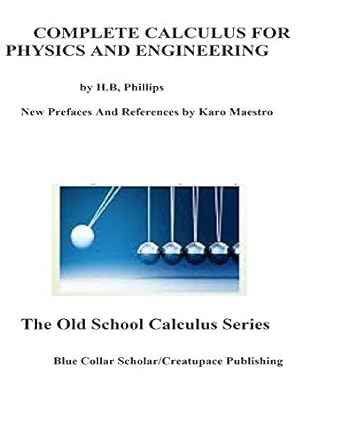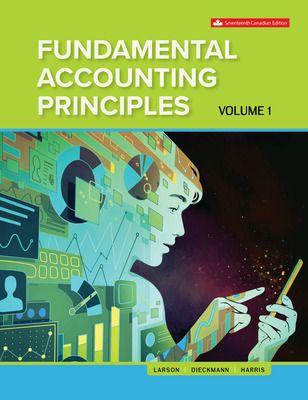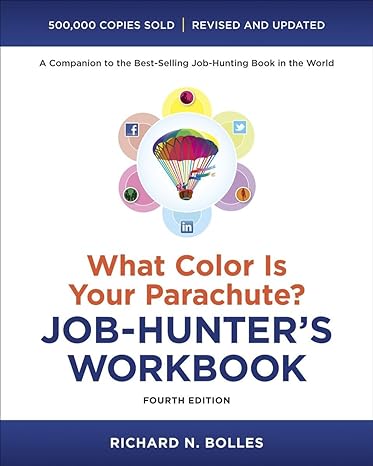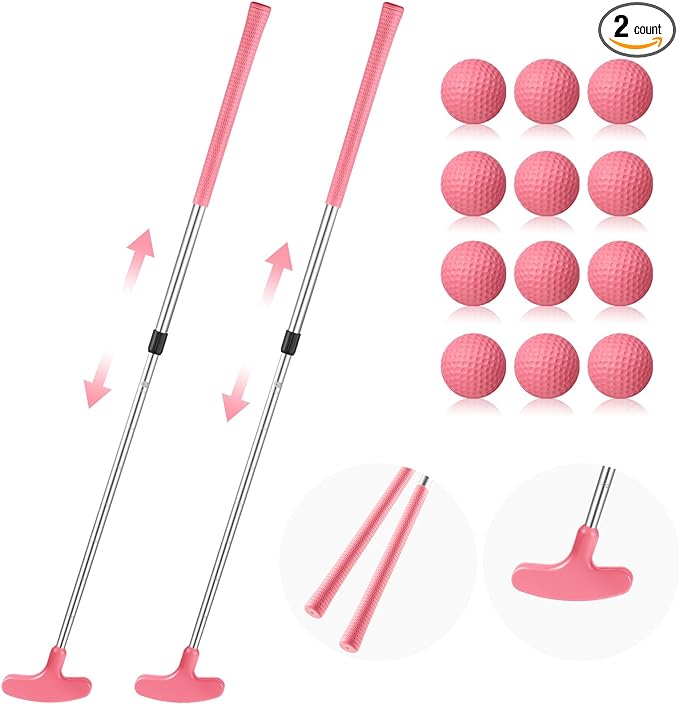Go back


Complete Calculus For Physics And Engineering(1st Edition)
Authors:
Henry B Phillips ,Karo Maestro

Cover Type:Hardcover
Condition:Used
In Stock
Include with your book
Free shipping: April 16, 2024Popular items with books
Access to 3 Million+ solutions
Free ✝
Ask 10 Questions from expert
200,000+ Expert answers
✝ 7 days-trial
Total Price:
$0
List Price: $34.64
Savings: $34.64(100%)
Book details
ISBN: 1726424197, 978-1726424196
Book publisher: CreateSpace Independent Publishing Platform
Get your hands on the best-selling book Complete Calculus For Physics And Engineering 1st Edition for free. Feed your curiosity and let your imagination soar with the best stories coming out to you without hefty price tags. Browse SolutionInn to discover a treasure trove of fiction and non-fiction books where every page leads the reader to an undiscovered world. Start your literary adventure right away and also enjoy free shipping of these complimentary books to your door.
Complete Calculus For Physics And Engineering 1st Edition Summary: This is a fairly standard level calculus textbook aimed at a first-year students. It was written by a master teacher at Massachusetts Institute of Technology whose calculus course there became nationally famous as a model for such courses before World War II. While this text focuses on applications and requires no more background then high school algebra and geometry, it differs from most standard textbooks, even of its contemporaries, in 2 major ways. Firstly, it’s clearly more comprehensive and sophisticated then most of those textbooks and covers a number of topics that are usually not present, such as basic vector algebra and geometry, conic sections, determinants, parametric equations, numerical integration and basic complex analysis of the plane. The 2 chapters on complex analysis in a basic calculus text are particularly noteworthy. The growing importance of complex variables in the physical sciences had become generally accepted during the early years of World War II due to its applications in hydrodynamics, engineering and electromagnetic theory. These additional topics are also indicative of the target audience, which were beginning mathematics and physical science majors at the Massachusetts Institute of Technology in the early 1940’s. Because they were preparing for careers in the technical fields, these students needed stronger and more diverse mathematical training for their future studies. Secondly, while not a rigorous mathematics textbook in the sense of real analysis or abstract algebra, it is certainly more careful then most calculus textbooks-either modern or classical-with many example calculations. For example, many limits and bounds are carefully computed with inequalities in the examples. Also, when available, Phillips gives a number of geometric proofs that are quite careful, particularly those with applications to physics and engineering. For example, a very clear geometric proof is given of the Squeeze Theorem. Indeed, in many ways, the working mathematical premises of the text appear to be a) focus on all tools and applications are that critical to the future training of physics and engineering students and b) Only give careful proofs of results when elementary methods using high school mathematics are available. No deep properties of the real numbers or topological properties are used beyond superficial use of the absolute value function. This outstanding textbook will help serious students of minimal background master calculus and lay the foundations for an in-depth study of the mathematical sciences.
Customers also bought these books
Frequently Bought Together
Top Reviews for Books
Martin S.
( 4 )
"Delivery was considerably fast, and the book I received was in a good condition."










